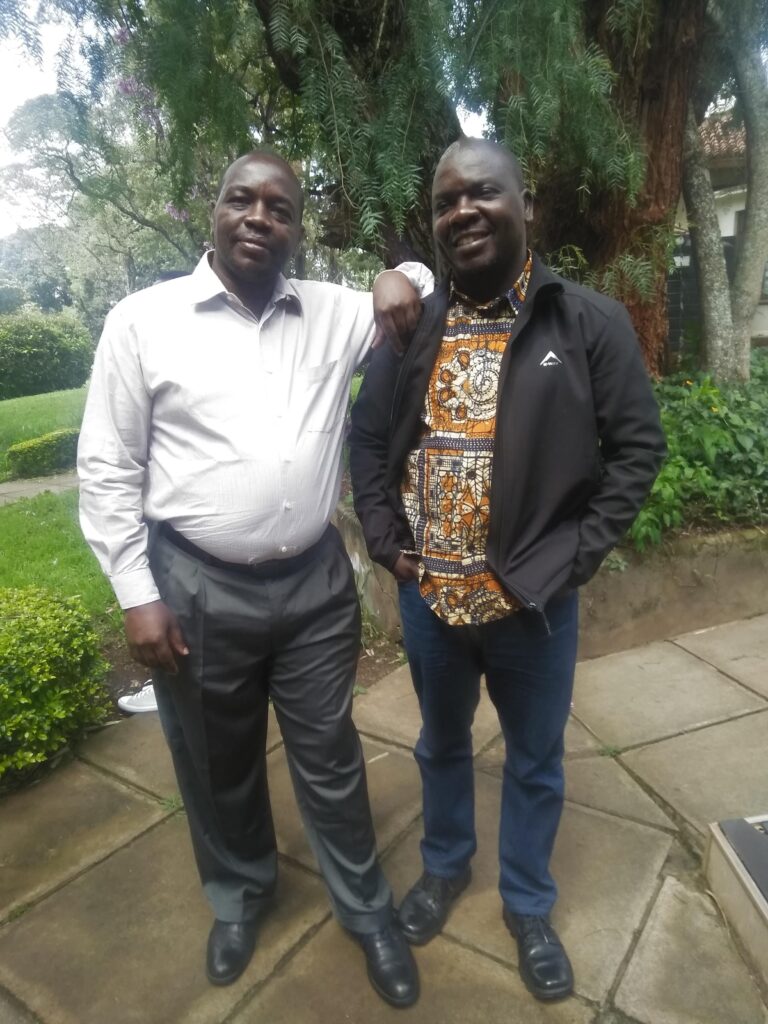Written by : Sarah Pager , Founder and Director of Quist

Dearest Queer Person,
Chances are you don’t even know that you are holy, or royal or magic, but you are. You are part of an adoptive family going back through every generation of human existence.
Long before you were born, our people were inventing incredible things. Gifted minds like the inventor of the computer Alan Turing and aviation pioneer Alberto Santos-Dumont live on in you. The imprint that bold and brilliant individuals like Lynn Conway and Martine Rothblatt (both transgender women alive today) made on modern technology is impossible deny as present-day engineers carry their torch in the creation of robots and microprocessors. More recently speaking, one of the co-founders of Facebook publicly acknowledged his identity as a gay man, as did the current CEO of Apple.
We were so often gods and goddesses over the centuries, like Hermaphrodite (the child of Hermes and Aphrodite), and Athena and Zeus, both of whom had same-sex lovers. In Japan it was said that the male couple Shinu No Hafuri and Ama No Hafuri, “introduced” homosexuality to the world. The ability to change one’s gender or to claim an identity that encompasses two genders is common amongst Hindu deities. The being said to have created the Dahomey (a kingdom in the area now known as Benin) was reportedly formed when a twin brother and sister (the sun and the moon) combined into one being who might now identify as “intersex.” Likewise, the aboriginal Australian rainbow serpent-gods Ungud and Angamunggi possess many characteristics that mirror present-day definitions of transgender identity.
Our ability to transcend gender binaries and cross gender boundaries was seen as a special gift. We were honored with special cultural roles, often becoming shamans, healers and leaders in societies around the globe. The Native Americans of the Santa Barbara region called us “jewels.” Our records from the Europeans who wrote of their encounters with Two-Spirit people indicates that same-sex sexual activity or non-gender binary identities were part of the culture of eighty-eight different Native American tribes, including the Apache, Aztec, Cheyenne, Crow, Maya and Navajo. Without written records we can’t know the rest, but we know we were a part of most if not all peoples in the Americas.
Your ancestors were royalty like Queen Christina of Sweden, who not only refused to marry a man (thereby giving up her claim to the throne), but adopted a male name and set out on horseback to explore Europe alone. Her tutor once said the queen was “not at all like a female.” Your heritage also includes the ruler Nzinga of the Ndongo and Matamna Kingdoms (now known as Angola), who was perceived to be biologically female but dressed as male, kept a harem of young men dressed in traditionally-female attire and was addressed as “King.” Emperors like Elagalabus are part of your cultural lineage, too. He held marriage ceremonies to both male-identified and female-identified spouses, and was known to proposition men while he was heavily made-up with cosmetics. Caliphs of Cordoba including Hisham II, Abd-ar-Rahman III and Al-Hakam II kept male harems (sometimes in addition to female harems, sometimes in place of them). Emperor Ai of Han Dynasty China was the one whose life gives us the phrase “the passions of the cut sleeve,” because when he was asleep with his beloved, Dong Xian, and awoke to leave, he cut off the sleeve of his robe rather than wake his lover.
You are descended from individuals whose mark on the arts is impossible to ignore. These influential creators include composers like Tchaikovsky, painters like Leonardo da Vinci and actors like Greta Garbo. Your forebears painted the Sistine Chapel, recorded the first blues song and won countless Oscars. They were poets, and dancers and photographers. Queer people have contributed so much to the arts that there’s an entire guided tour dedicated just to these artists at New York’s Museum of Modern Art.
You have the blood of great warriors, like the Amazons, those female-bodied people who took on roles of protection and had scarce time or interest between their brave acts to cater to the needs of men. And your heart beats as bravely as the men of the Sacred Band of Thebes, a group of 150 male-male couples who, in the 4th century B.C.E., were known to be especially powerful fighters because each man fought as though he was fighting for the life of his lover (which he was). But your heritage also includes peacemakers, like Bayard Rustin, a non-violent gay architect of the Black civil rights movement in the U.S.
We redefined words like bear, butch, otter, queen and femme, and created new terms like drag queen, twink and genderqueer. But just because the words like homosexual, bisexual, transgender, intersex and asexual, have been created in the relatively recent past doesn’t mean they are anything new. Before we started using today’s terms, we were Winkte to the Ogala, A-go-kwe to the Chippewa, Ko’thlama to the Zuni, Machi to the Mapuchi, Tsecats to the Manghabei, Omasenge to the Ambo and Achnutschik to the Konyaga across the continents. While none of these terms identically mirror their more modern counterparts, all refer to some aspect of, or identity related to, same-gender love, same-sex sex or crossing genders.
You are normal. You are not a creation of the modern age. Your identity is not a “trend” or a “fad.” Almost every country has a recorded history of people whose identities and behaviors bear close resemblance to what we’d today call bisexuality, homosexuality, transgender identity, intersexuality, asexuality and more. Remember: the way Western culture today has constructed gender and sexuality is not the way it’s always been. Many cultures from Papua New Guinea to Peru accepted male-male sex as a part of ritual or routine; some of these societies believed that the transmission of semen from one man to another would make the recipient stronger. In the past, we often didn’t need certain words for the same-sex attracted, those of non-binary gender and others who did not conform to cultural expectations of their biological sex or perceived gender because they were not as unusual as we might today assume they were.
Being so unique and powerful has sometimes made others afraid of us. They arrested and tortured and murdered us. We are still executed by governments and individuals today in societies where we were once accepted us as important and equal members of society. They now tell us “homosexuality is un-African” and “there are no homosexuals in Iran.” You, and we, know that these defensive comments are not true—but they still hurt. So, when others gave us names like queer and dyke, we reclaimed them. When they said we were recruiting children, we said “I’m here to recruit you!” When they put pink and black triangles on our uniforms in the concentration camps, we made them pride symbols.
Those who challenge our unapologetic presence in today’s cultures, who try to deprive us of our rights, who make us targets of violence, remain ignorant of the fact that they, not us, are the historical anomaly. For much of recorded history, persecuting individuals who transgressed their culture’s norms of gender and sexuality was frowned upon at worst and unheard of at best. Today, the people who continue to harass us attempt to justify their cruel campaigns by claiming that they are defending “traditional” values. But nothing could be further from the truth.
But now you know they are wrong. Just imagine the world without that first computer or the Sistine Chapel’s ceiling, or a huge part of the music you’ve ever heard from classical Appalachian Spring to classic YMCA (I mean, we’ve held titles from the “Mother of Blues” to the “King of Latin Pop!”). How much less colorful would the world be without us? I’m grateful that you’re here to help carry on our traditions.
So, happy LGBT History Month! I hope to celebrate with you here at Quist. This list of LGBTQ history online resources is a good place to start in exploring more specifics about this heritage.
Lesbianamente*,
Sarah Prager
*Actually a term as a way someone signed a letter for a lesbian organization in Mexico decades ago!
This piece was inspired in part by facts and sentiments from Another Mother Tongue by Judy Grahn (published 1984). Ritualized Homosexuality in Melanesiaedited by Gilbert H. Herdt (published 1993) is also referenced. Many of the referenced facts are cited so many places it has become common knowledge. Christianne Gadd contributed significantly to this piece. This post originally appeared in The Advocate.




